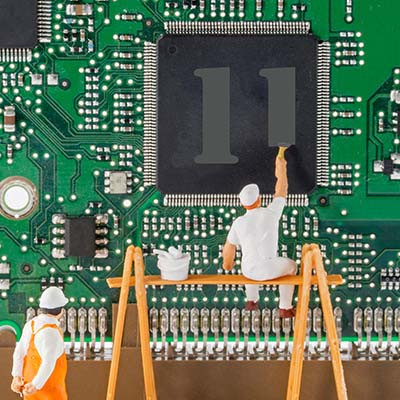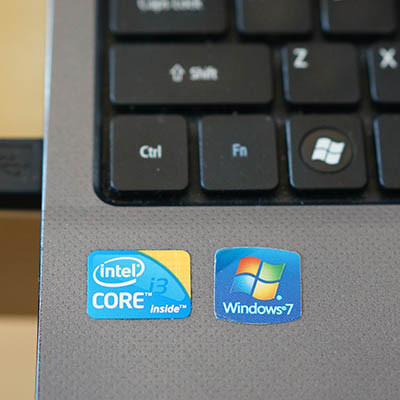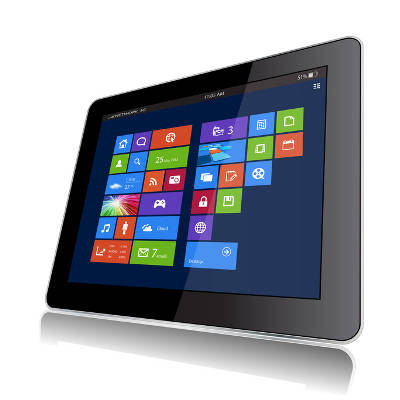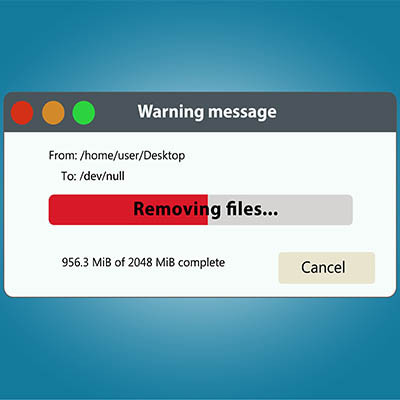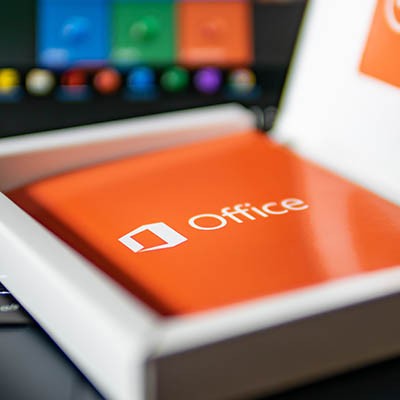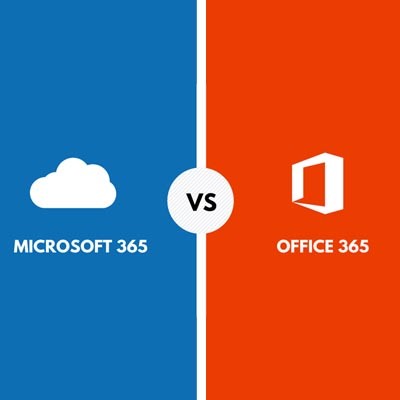
- Home
- About Us
- IT Services
- Managed IT Services
- Security Services
- Cybersecurity
- Cybersecurity Overview
- Network Security
- Business Security
- Unified Threat Management
- Endpoint Security Solutions
- Asset Tracking
- Mobile Device Management
- Email Encryption
- Multi-Factor Authentication
- Spam Protection
- Content Filtering
- Phishing Simulation
- Dark Web Monitoring
- Penetration Testing
- Compliance Standards
- Cloud Computing Services
- Industry Specific
- Data Services
- Hardware Services
- Software Services
- Business Communication
- Understanding IT
- News
- Blog
- Support
- Contact Us
- (217) 428-6449
- Register
- Login
Network Solutions Unlimited Blog
Microsoft has claimed that Windows 10 would be their chosen operating system for the foreseeable future, but we can never expect technology to rest on its laurels and grow stagnant. Enter Windows 11, the latest Microsoft operating system. What are the specifications needed to upgrade your business to this new OS, and how can you know when it is time to do so?
With Windows 10 being a major part of most business’ computing strategy, many people use it at their jobs each day. It has a lot of features not found on any other PC operating system, and more are added regularly. Today, we take a look at four features of Windows 10 that we think can really help your business.
Windows 10 received its second update in 2018. While some experts believe that this second update is too much, others look at it and are happy that more features and functionality is being added. Today, we’re going to dig into the details about this update, as well as some of the helpful features that you can take advantage of.
All good things must come to an end eventually, and Windows 7 is no different. Microsoft is officially ending its support of this operating system relatively soon, but this doesn’t mean that you should jump ship without a plan. In fact, Microsoft realizes that some businesses and organizations simply can’t make the jump in time, so they have implemented contingency plans for these companies. The problem is that it’s expensive. We’ll walk you through everything there is to know about how Microsoft is handling the end of life events for Windows 7.
Microsoft is just days away from retiring not just one, but two of its most popular operating systems. The software giant has made a point to run a major campaign warning people who are still using Windows 7 that they are going to lose support after the January 14, 2020 deadline; but, as of this writing, there are still over a quarter of desktop users running the software. With the deadline looming, we thought we’d look at what this means for users and go through some of the options they have.
Windows 10 gives you interesting options to help you manage your computing experience. One of these options is the presence of the virtual desktop. On a Windows machine, look at your taskbar, near the Start button and the search function. The next little icon, the one that almost looks like a bit of film, is the Task View button, the button that will give users the ability to create and manage virtual desktops. For this week’s tip, we’ll discuss how to use this feature.
While Windows 10 is inarguably the better choice of OS over Windows 7 (especially now that the latter has officially gone the way of the dodo), the experience is made even better with the right customizations made to the settings. Let’s go through some changes you might want to make as you’re starting off (or even later on).
When Windows 8 launched, users of the operating system were all up in arms because they deviated from the Start menu that we know and love, in favor of a tiled menu screen. While many people went out and found the extension that turned tiles into the classic Start menu, others got used to working with the tile menu. With the release of Windows 10, the Start menu was back as the primary interface. If you’re one of those who adapted and enjoyed the tile menu of Windows 8, we’ve got good news: The tile menu is available on Windows 10!
Sometimes it can be a chore to find certain programs or files on your computer when they aren’t immediately available on the desktop. You might have to dig through countless folders just to get started on an important task. Thankfully, there’s a well-known way of getting around this frustration: Windows’ integrated search application. To get started with this week’s tip, turn your attention to the Start menu.
As time has passed, more focus has been put on balancing a user’s identity authentication in terms of its convenience versus its security. This is what has led to the development of solutions like Windows Hello, the biometrics-based system that Microsoft has introduced into the Windows operating system.
We’ve all been in a place where the storage on our computer fills up a little too quickly for our liking. While you could delete or store unused files in the cloud, there is another method that you can use to quickly free up a little extra space that you might not have realized is there. If you can delete temporary files, you might find that you suddenly have a lot more storage space to play around with on your computer.
Windows 10 has been out for almost five years. Now I ask you, have you ever used the Windows 10 Action Center? If the answer is yes, good for you. If the answer is no, it is time to talk about the almost hidden part of Windows 10, and tell you how you can use it to your advantage.
Keyboard shortcuts have long been used to move things along faster. In 1994, just about the time that Windows 95 was released, Microsoft produced the new keyboard layout that incorporated the brand-pnew Windows key (or Win Key). When pressed, the Windows Key would immediately open the start menu, which debuted in the software.
In just over a week, Microsoft is retiring two of its most popular operating systems - although this shouldn’t be news at this point. Microsoft has consistently been reminding Windows 7 users that they need to upgrade before January 14, running a major campaign to do so, but there are still a quarter of all desktop users that haven’t done so.
Microsoft Windows has been a staple of personal computing for almost 35 years. When Microsoft retires their Windows 7 OS in a couple of weeks, they will be left with only two PC OSs functional: Windows 8.1 and Windows 10. Today, we will take a look at the Windows 10 OS and when to expect Microsoft to release a new operating system.
Microsoft offers solutions that have a proven history of being assets when businesses adopt them - but like most any solution, what may fit well for one, may not fit well for all. Here, we’ll consider one of Microsoft offerings to help you determine if it is the right solution for your needs and requirements.
Microsoft OneDrive is a tool that many organizations take advantage of for cloud-based file sharing and real-time access, but did you know that it can sync files to your desktop? OneDrive is often used to save Word, Excel, PowerPoint, and OneNote documents, so being able to access them on your Windows 10 device only makes it easier and more efficient to work on them. We’re going to walk you through how to set up this syncing. You can trust us when we say it could change your work life for the better.
Windows 10 is a great option for businesses that want to get the most out of their computers, but it can be a bit slow at times. This week’s tip is dedicated to helping you get the most out of your Windows 10 PC and speed up certain tasks.
As we’re sure you already know, Microsoft has become a juggernaut in the increasingly competitive business world with its countless solutions for organizations both small and large. With so many options, it can be tricky to figure out the right solution for your business. Thankfully, you don’t have to go about it alone. We’ll help you understand the difference between Microsoft’s Office 365 and Microsoft 365 solution… and yes, they are different.
Latest News & Events
Account Login
Contact Us
Learn more about what Network Solutions Unlimited can do for your business.
(217) 428-6449
3090 N Main St
Decatur, Illinois 62526

